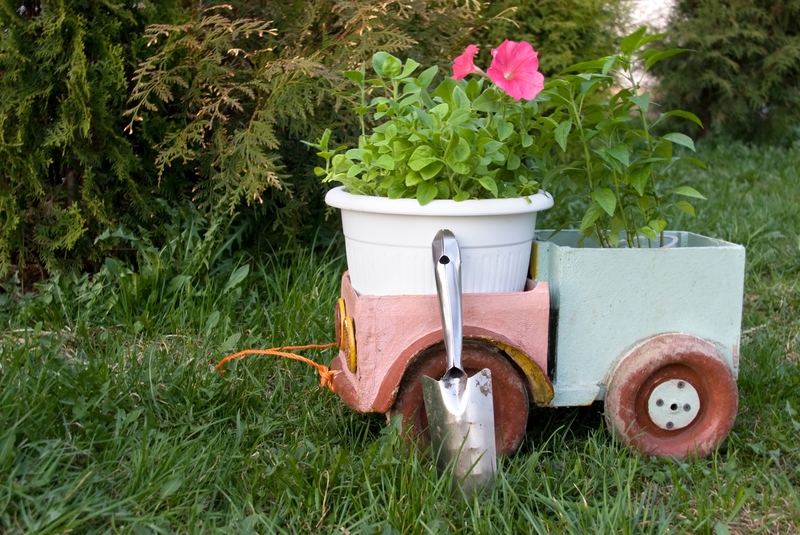Carpet Removal: A Complete Guide
Posted on 11/02/2025
Removing an old carpet can significantly enhance the aesthetics and hygiene of your home. This process entails getting rid of an aged, worn-out carpet that may harbor dust mites, allergens, or mold. Hence, understanding the basic steps and techniques of carpet removal is crucial for homeowners planning to replace or refurbish their flooring.
Tools and Materials Required
Before diving into the carpet removal process, gather the essential tools and materials:
- Utility knife or carpet cutter
- Pliers or vise grips
- Staple remover or flathead screwdriver
- Pry bar
- Work gloves
- Dust mask
- Trash bags
- Duct tape

Step-by-Step Carpet Removal Process
Step 1: Prepare the Area
Start by clearing the room of furniture and other items. Ensure you have ample space to work safely and efficiently.
Step 2: Remove Baseboards and Trim
Using a pry bar, carefully remove the baseboards and any trim along the edges of the carpet. This will allow easier access to the edges of the carpet and prevent these items from getting damaged.
Step 3: Cut the Carpet into Manageable Sections
Using a utility knife, cut the carpet into strips about 3-4 feet wide. Make sure to wear gloves and a dust mask, as this process can stir up dust and allergens.
Step 4: Roll Up and Remove Carpet
Starting from a corner, pull up the carpet using pliers or a vise grip. Roll up each strip tightly and secure with duct tape. Place the rolled carpets into trash bags for disposal.
Step 5: Remove Carpet Padding
After removing the carpet, the carpet padding should be visible. Remove it by cutting it into strips and following the same rolling and disposal method. Be prepared to tackle staples that hold the padding in place using a staple remover or flathead screwdriver.
Step 6: Tackle the Tack Strips
Tack strips, nailed around the periphery, need to be removed cautiously with a pry bar. The nails can be sharp, so proceed with care while wearing work gloves.
Step 7: Clean the Subfloor
Once the carpet and padding are completely removed, sweep and vacuum the subfloor to eliminate any remaining dust, dirt, or debris. This step is essential for preparing the floor for new carpeting or another type of flooring.
Tips for a Smooth Carpet Removal Process
- Always work in a well-ventilated area to reduce exposure to dust and allergens.
- Keep heavy-duty trash bags handy for efficient carpet disposal.
- Take frequent breaks if working in larger rooms to avoid fatigue.
- Be extra cautious when handling sharp tools.
Pros and Cons of Carpet Removal
Pros:
- Improved Air Quality: Removing old carpets can significantly reduce allergens and dust mites.
- Modern Aesthetics: Gives an opportunity to update the flooring to a more contemporary option.
- Increased Property Value: Well-maintained flooring can boost the value of your home.
Cons:
- Labor-Intensive: Carpet removal can be physically demanding and time-consuming.
- Disposal Fees: Some areas may have specific disposal fees for old carpeting.
- Potential for Damage: Improper removal can damage the subfloor or surrounding trim.

Takeaways
Carpet removal is a critical first step in updating your home's flooring but requires proper preparation, the right tools, and attention to detail. Despite the labor involved, the benefits of improved air quality and the opportunity for a fresh look make it a worthwhile endeavor.
Conclusion
In summary, carpet removal is a manageable DIY project that can significantly improve your home's environment and aesthetic appeal. By following this comprehensive guide and keeping the pros, cons, and tips in mind, you can ensure a smooth and effective carpet removal process. Whether doing it yourself or hiring a professional, understanding the steps involved equips you for a successful project.


 office@benandjerry.org.uk
office@benandjerry.org.uk https://benandjerry.org.uk/
https://benandjerry.org.uk/

